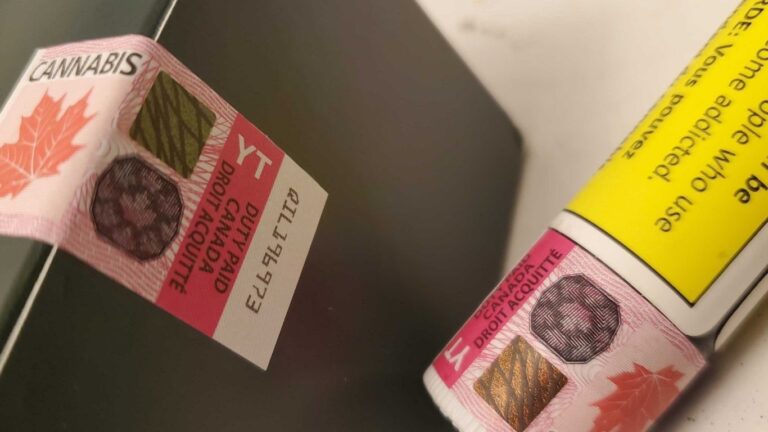Yukon municipalities say they need public consumption spaces in the territory to give tourists a legal space to smoke marijuana when they visit.
Currently, cannabis consumption is only permitted in private residences and adjacent properties in Yukon, but Yukon regulations allow for the possibility of other types of locations in the future.
Despite this ban, in a recent survey, municipalities reported high rates of marijuana smoking and e-cigarette smoking in outdoor public spaces. The region attracts hundreds of thousands of tourists each year and is an important part of the economy.
This call for public cannabis spaces is one of many feedback provided to the Yukon Government as part of its recently announced five-year review of cannabis laws and regulations, and the overall impact of federal legalization. It's just one thing.
The new What We Heard report, which informs the five-year review report, highlights a range of issues from the 307 responses received, including from First Nations, local authorities, regional advisory committees, the RCMP, MADD and many more. The company's relationship with other institutions has also been revealed. other organizations and government officials;
Feedback and recommendations include:
Concerns about 'normalization' and national consumption, overall health risks, youth usage, and impaired driving, including consumption while driving. Concerns about illegal online stores and what the RCMP says is a law enforcement challenge. We call for further education of the public about the harms and effects of cannabis. Gain better insight into how the government uses cannabis tax revenue. The local government expressed concern about excessive packaging that leads to waste. Retailers want to be able to sell non-cannabis products like T-shirts, water bottles, snacks, and offer loyalty programs. Some people want to buy cannabis directly from producers. It becomes clearer what constitutes a “THC unit” for proper dosing.
Yukon Cannabis Industry
The five-year review also noted several statistics regarding the overall performance of the industry in the region during the first five years of legalization.
The legal cannabis market in the westernmost of the three regions grew from just over $2 million in 2018/19 to $13 million in 2023/24. More than 80% of Yukoners obtained their cannabis from legal sources within the territory.
There are six cannabis retailers in Yukon with approximately 40 employees. Cannabis distribution is overseen by the Yukon Liquor Corporation (YLC). Wholesale-to-retailer sales increased from $3.5 million in 2019-2020 to $9.2 million in 2023-2024.
The region sold 495,850 units of pre-rolls and 448,993 units of dried flowers (all SKU sizes) from 2018 to 2023. Edibles sold more than e-cigarettes (272,775 vs. 136,233).
During the 2023/24 fiscal year, the Yukon Liquor Corporation transferred $369,000 to the Yukon Government's general revenue related to cannabis. The Yukon government received $952,639 from a portion of the federal cannabis excise tax. The Yukon government uses all cannabis-related profits for general government services and programming, the report said.
cannabis law
From 2019 to 2023, there were a total of 73 cannabis-related violations, with the majority (40) related to unauthorized possession, control, and control in a vehicle. One charge for public consumption was reported during this period.
public health
The number of cannabis-related emergency department visits increased from 40 in 2016 to 104 in 2021 (down in 2020), but dropped significantly to 50 in 2023. There were 275 emergency department visits related to cannabis use in the five years before legalization, and 471 in the five years before legalization. 5 years later. The paper notes that this could be due to increased consumption or because people feel more comfortable going to emergency rooms with cannabis-related problems since cannabis use was legalized. .
Although rates of cannabis use among youth remain a concern, the age at which Yukoners say they first tried or started using cannabis has increased with legalization, from 18.9 in 2018 to 20.8 in 2023. Ta.
In fact, the number of people who reported consuming cannabis decreased from 2022 to 2023 among those aged 16 to 35 and those aged 56 and over, but remained unchanged among those aged 36 to 55.

